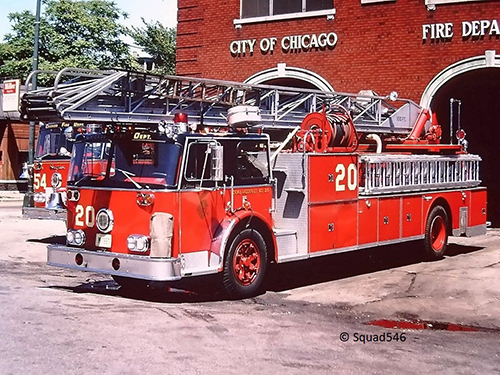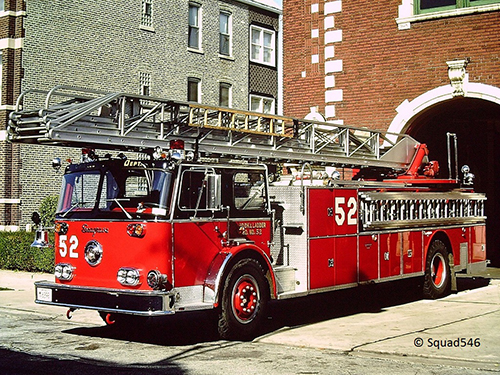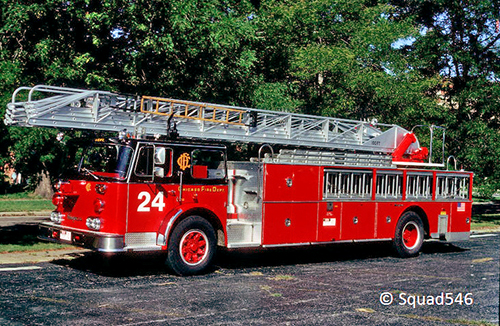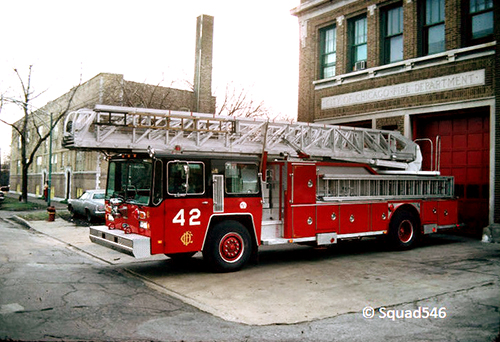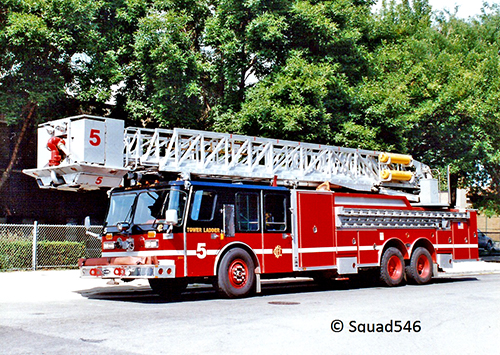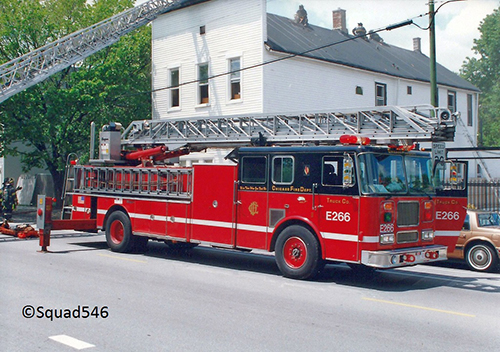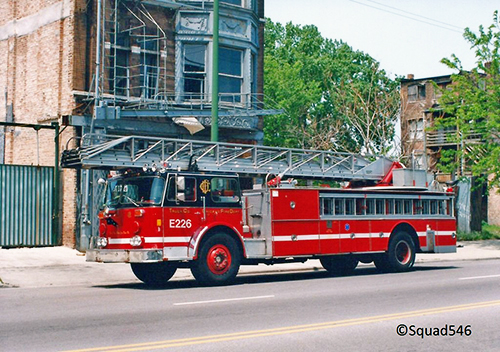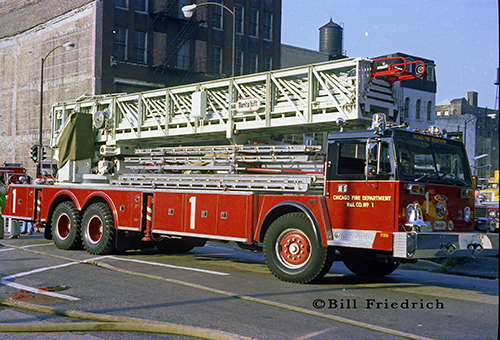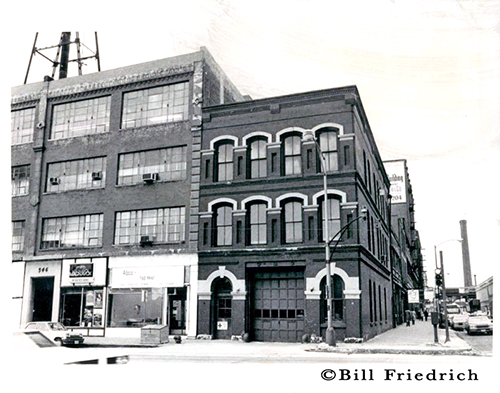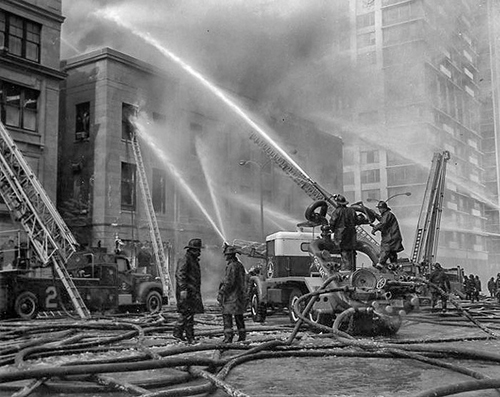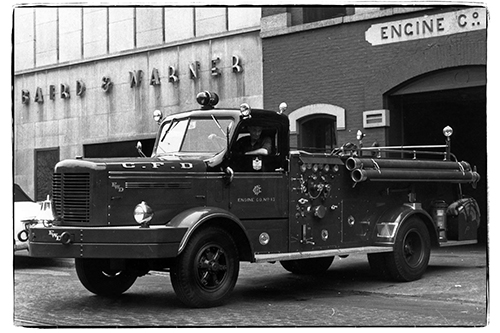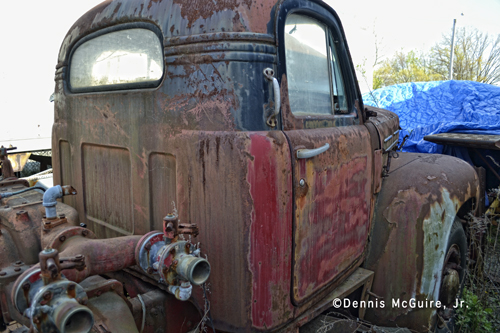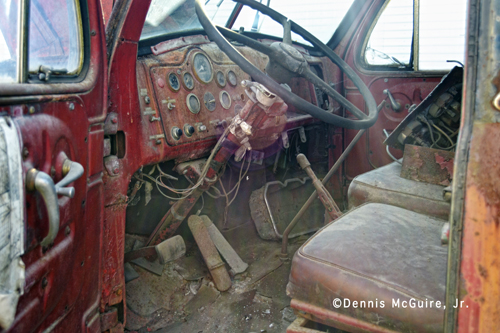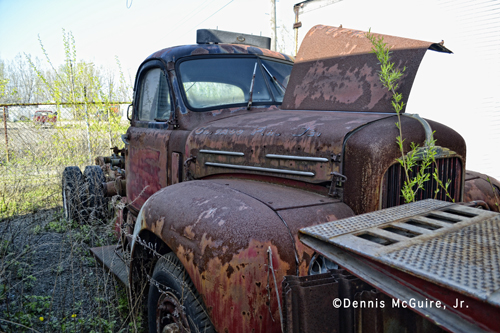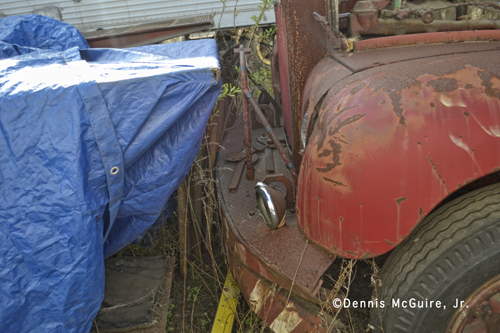Another installment of CFD apparatus images:
More on the CFD apparatus history, engines companies over the years. Thanks to Squad546 for allowing me to use these pictures. I thought it would be nice to put the Ford/E-Ones together.
Former Engine 5 – 1982 Ford/E-One, returning from a run in 1995.Former Engine 8 – 1982 Ford/E-One, headed out on a run in 1995.Former Engine 13 – 1982 Ford/E-One.Former Engine 61 – 1982 Ford/E-One. At one time was one of the busiest engine companies in the country. They recently closed it & now it serves as an EMS Field Division office.Former Engine 78 – 1976 Ford/Pierce after a refurb.Former Engine 113 – 1982 Ford/E-One.Former Engine 127 (Midway Airport) – 1982 Ford/E-One (Never seen a deck gun like this one -Martin)Former E13 – 1982 Ford/E-One running as a spare for Engine 42, taken 1996.

Former Engine 5 – 1982 Ford/E-One, returning from a run in 1995. Photo by Squad546

Former Engine 8 – 1982 Ford/E-One, headed out on a run in 1995. photo by Squad546
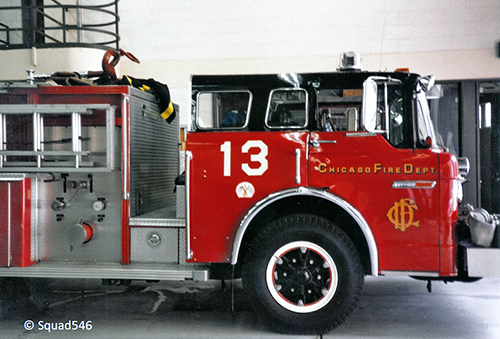
Former Engine 13 – 1982 Ford/E-One. Photo by Squad546
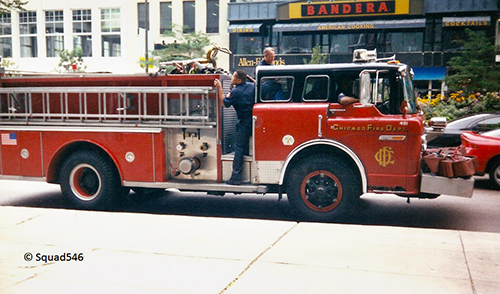
Former E13 – 1982 Ford/E-One running as a spare for Engine 42, taken 1996. Photo by Squad546
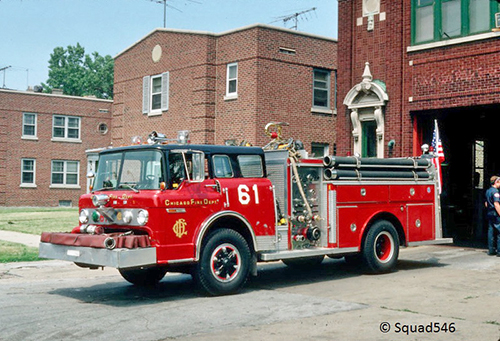
Former Engine 61 – 1982 Ford/E-One. At one time was one of the busiest engine companies in the country. They recently closed it & now it serves as an EMS Field Division office. Photo by Squad546

Former Engine 127 (Midway Airport) – 1982 Ford/E-One.Photo by Squad546
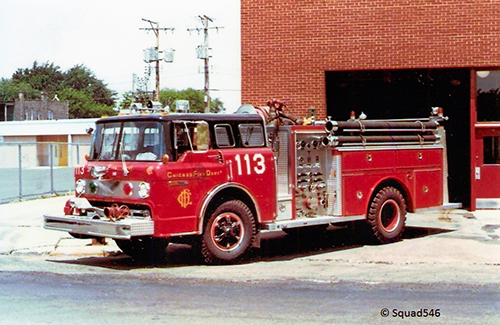
Former Engine 113 – 1982 Ford/E-One. Photo by Squad546

Former Engine 78 – 1976 Ford/Pierce after a refurb. Photo by Squad546



